Traumatic Brain Injuries
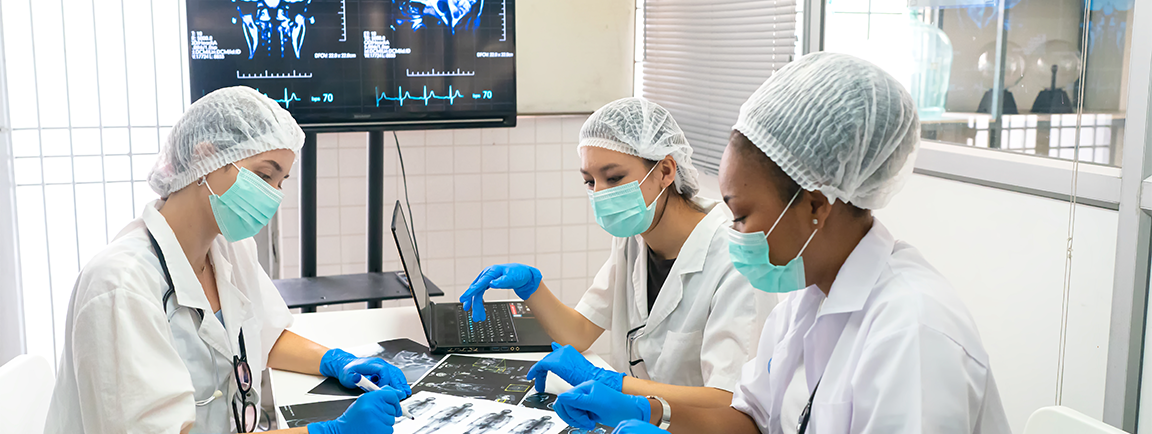
Dr. Carey’s experience with traumatic brain injuries including concussion is extensive. With over half the brain’s nerve fibers involved with vision or eye movement, Dr. Carey has been involved with the evaluation and treatment of thousands of brain injuries. At the University of Washington, Dr. Carey studied traumatic brain injuries at Ellsworth Alvord’s Neuropathology Laboratory for four years. He did a fellowship in Eye and Brain Pathology at the Johns Hopkins Hospital studying under W. Richard Green. His work in Baltimore led to stints at…
Cosmetic Eyelid Surgery “Blepharoplasty”
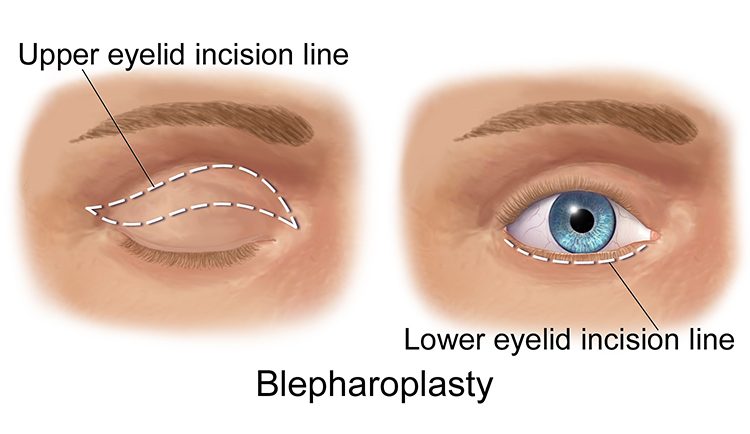
Your eyes are often the first thing people notice about your face and are an important aspect of facial attractiveness. The eyelids protect one’s eyes in addition to adding to their cosmetic appearance. Unfortunately, over time your upper and/or lower eyelids may become “droopy” or “baggy” because the eyelid skin stretches, muscles weaken, and fat pockets bulge and become more prominent around the eyes. This most commonly occurs because of the aging process but also may be a hereditary condition that runs in your family.…
Orbital Fracture
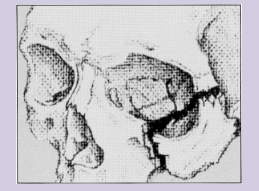
Dr. Carey is a leading expert in the repair of fracture involving the orbital bones or bones that surround the eye. He operates on bones involving the inside of the orbit and its rim. Such fractures may result in deformities of the face, poor movement of the eye, double vision, or cause the eye to sink back into the orbit. Rim fractures are often referred to as Trimalar fractures because the Zygomatic bone (also called the Trimalar bone because of its three articulations or connections…
Tear Drainage System (Lacrimal System) & Treatment

Anatomy: The tear drain consists of two small openings called the puncta, one in your upper and the other in your lower eyelid. Each of these openings lead into a small tube called a canaliculus which, in turn, empties into the tear sac at the inside corner of your eye along your nose. An opening into the lacrimal sac leads into a canal called the nasolacrimal duct which passes through the bony structures surrounding your nose and empties tears into your nasal cavity (see Figure…
Asian Eyelid Surgery
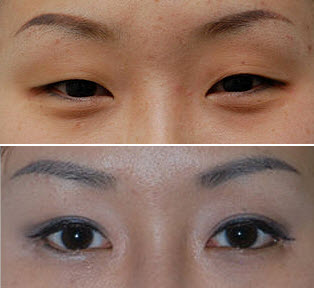
It is important to recognize that there is a high degree of variation in the anatomy of the upper eyelids of Asians. Thus, not only should ethnicity be a factor in blepharoplasty, but also should each individual’s features. A common misconception is that all Asians are born without an upper eyelid crease. In reality, half the Asian population does have a natural crease. For each person, the shape and height of the crease and the relationship of the crease to the facial configuration is a…
Thyroid Eye Disease & Treatment
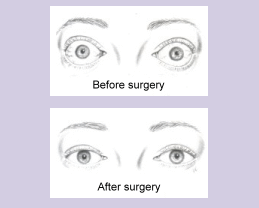
I. Introduction One of the most common problems people have with thyroid gland disease is varying degrees of eye difficulty. Eye problems are usually caused by abnormal swelling of the soft tissue surrounding the eyes and by enlargement of the muscles that move the eyes and open the eyelids. The reason for the swelling is an autoimmune reaction. The term “autoimmune” means that the immune system in your body attacks a part of your body, in this case the soft tissues of the eye. It…
Eyelid Skin Cancer & Treatment
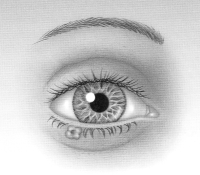
Skin cancer commonly involves the eyelid or adjacent face. Eyelid skin cancers most commonly involve the lower lid but can occur anywhere around the eyelid. Common areas include eyelid margins, corners of the eye, eyebrow skin, or adjacent areas of the face. The eyelid margin is especially tricky because the tumor can hide within the lashes for many years. Eyelid cancers are often called the “Great Masquerader” because they can appear in many different forms or “disguises.” They can appear as painless elevations or nodules…
Ptosis Surgery “Droopy Eyelid” Repair
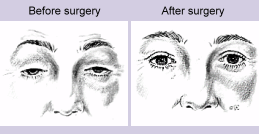
Another common procedure is Ptosis Repair or “eyelid lift.” Ptosis (see figure 4) is a term to describe the upper eyelid margin drooping over the pupil blocking vision. Symptoms of ptosis include a decreased ability to keep your eyelid open, eye strain, and eyebrow fatigue from the increased effort needed to raise your eyelids. Many people complain of fatigue, especially when reading or using a computer. Acquired Ptosis is most commonly due to stretching of the levator muscle in the eyelid with age. The levator…
Eyelid Surgery
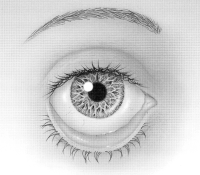
Eyelid surgery can refer to many kinds of surgery involving the eyelid. It can be a term that describes functional blepharoplasty such as lids so baggy they weigh the upper eyelid down or hang over the lid margin and block vision. This situation is usually covered by insurance. Blepharoplasty done in the context without insurance is also referred to as cosmetic eyelid surgery. The surgery is done without insurance because either the eyelid skin does not weigh the lid down to block the vision or…
Enucleation & Evisceration
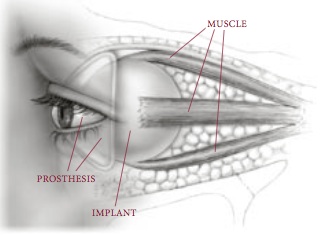
ENUCLEATION Enucleation and evisceration are terms that refer to surgery to remove the eye from the orbit. When the entire eye (with the exception of the muscles) is removed it is termed enucleation. The eye is replaced by a spherical implant. This implant is sometimes wrapped in donor sclera. The external eye muscles are left behind and sometimes are attached to the implant affording it mobility. The implant is usually made up of hydroxyapatite, silicone, acrylic, medpor or dermis fat graft. The type of…
